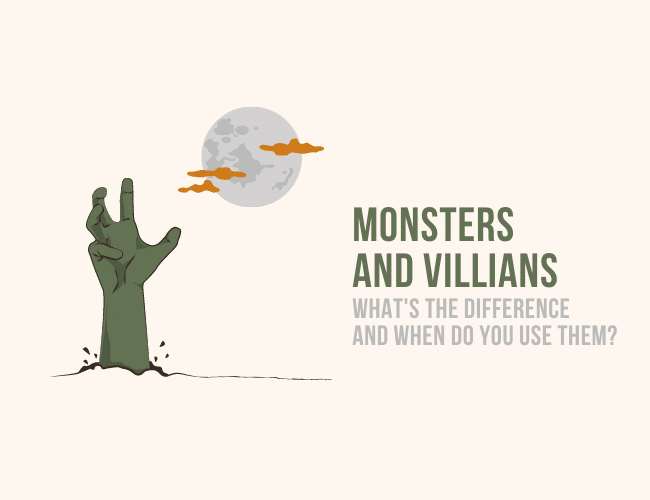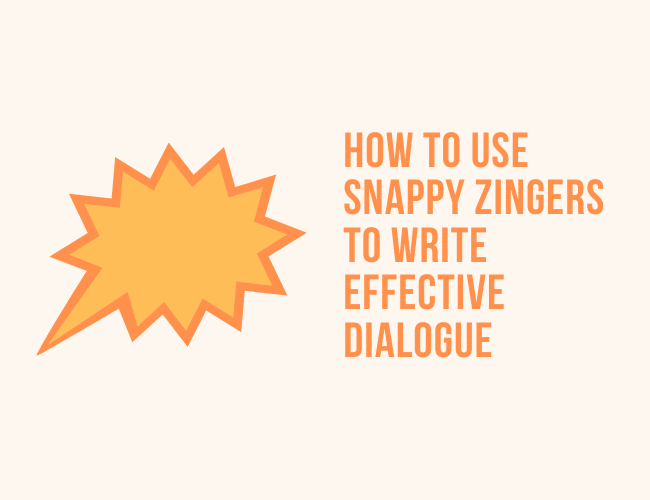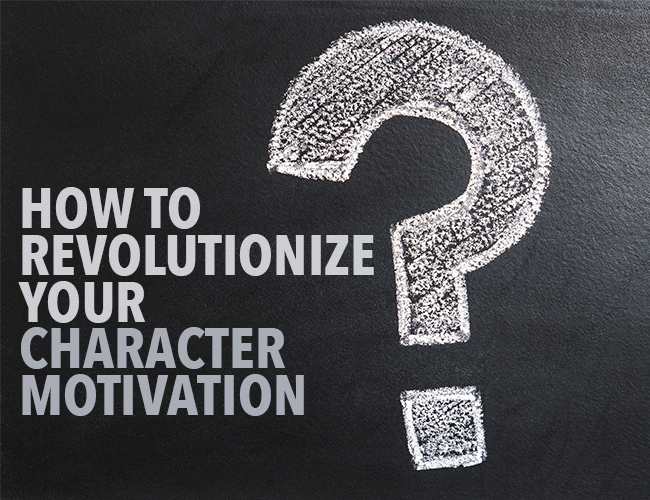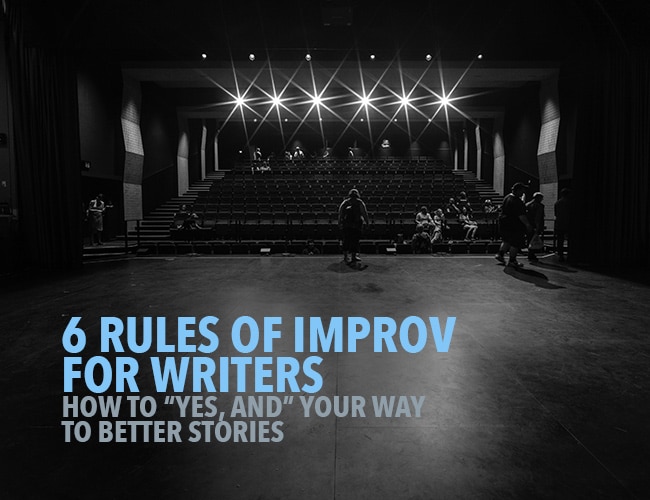
by Sarah Gribble |
Both villains and monsters are considered antagonists, but there are differences between the two. You’ll want to choose which version of antagonist you’re using based on the purpose and tone of your story.

by J. D. Edwin |
In life and in writing, romance is a difficult and yet extremely enticing subject. Even in books outside the highly popular romance genre, romantic subplots are immensely popular. But romance is not an easy thing to write, because readers want more than just a straight-up kiss-and-get-married.
A romance on a curved, nuanced road, where your characters have to fight to get to their happily ever after, makes for a much better story. The best way to achieve this is through romantic tension.

by J. D. Edwin |
Dialogue is an essential part of storytelling. We all know our characters speak to express themselves, and effective dialogue says a lot more than just the information conveyed—it also shows your character’s personality, range of knowledge, and their current state in the story.
But do you find that your characters sometimes drone on and on without getting to a point? Or that it seems to take a lot of words to get to the single idea you’re trying to get to? Or maybe you sometimes lose control of the exchange and find you don’t know which way to direct the conversation.
The problem is usually that your dialogue has too much “fluff.” Fluffy dialogue tends to slow down the story and bore the reader. But fear not; there are a few simple ways to remedy this.

by Sue Weems |
Whether I’ve blown it at work or reacted poorly at home (hypothetically of course), I often need a fresh start. Why? Because I’m human and I have a tendency to get in a rut. Sometimes my ruts are grounded in bad habits or faulty beliefs.
It’s not great for me as a human being, but it’s terrific for fiction. The first step to making a fresh start for me or my characters? Figuring out our default settings.

by Joslyn Chase |
Have you ever faced this kind of issue? You have a scene goal in mind, you know the characters involved, where they are and what they want, but HOW does the scene play out? What exactly happens to bring the characters from Point A to Point B in the story?
That’s when the power of improv might come in handy.
by Joe Bunting |
Posing a good dramatic question in the minds of your readers is the best way to create suspense and keep people reading. In Monday’s post, we talked about what the dramatic question is. Today we’re going to talk about how to use it effectively.
Here are seven steps to create suspense with the dramatic question:




